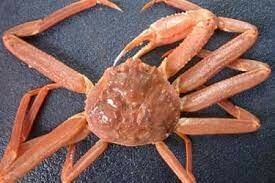Summer in southeast Alaska is salmon season. As the days grow long, the iconic pink fish begin to run up rivers and streams, and the fishing economy jumps to life. But this summer, fishermen are worried that new mining development could put their livelihoods at risk.
Alaska produces more than 50 percent of US seafood, a success cultivated by careful regulation. “Alaska is the jewel of the world when it comes to fisheries management,” says Mike Erikson, the CEO of a small seafood processing plant in Juneau called Alaska Glacier Seafoods, “and that’s because you don’t see dams on our rivers you don’t see a lot of development in these watersheds that will have a negative impact.”
Salmon is the dominant fish on the menu in southeast Alaska, accounting for 75 percent of the region’s seafood economy. Five different salmon species — Chum, Pinks, Coho, Sockeye and Kings — swim up rivers here to spawn. The salmon life cycle is a well-documented natural wonder. Somehow, each fish manages to find its way back from the open ocean to a little freshwater stream where it was born. But last summer the salmon cycle was disrupted on one of the biggest sockeye rivers in North America.
Read the full story at Public Radio International >>
Read more about Alaska salmon >>






